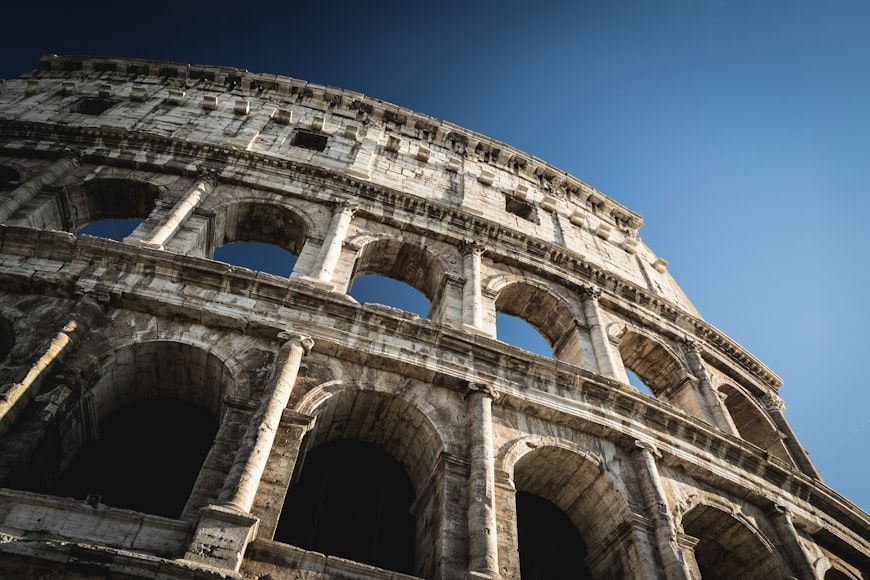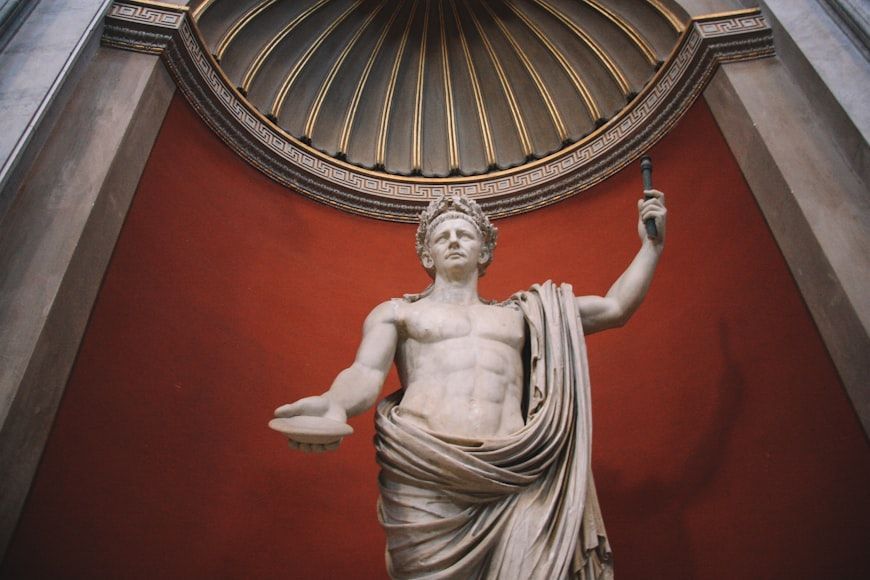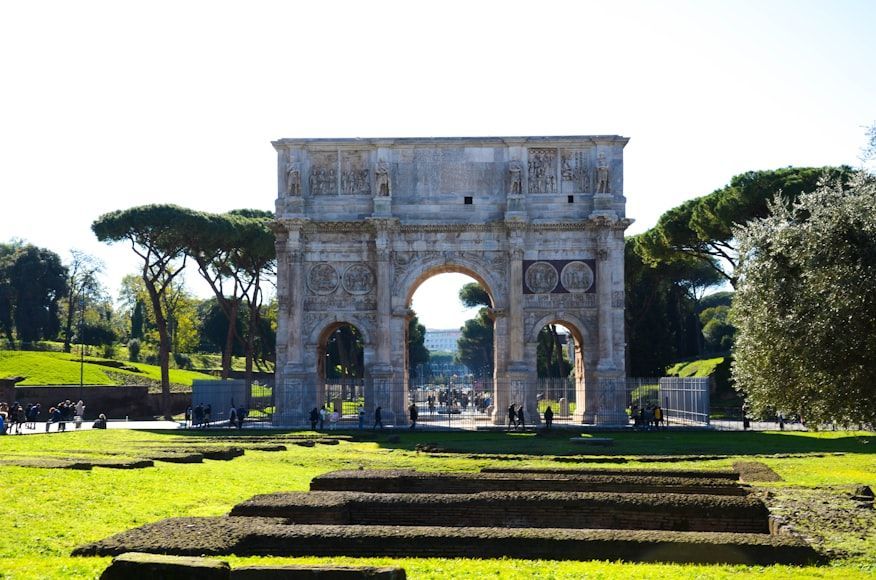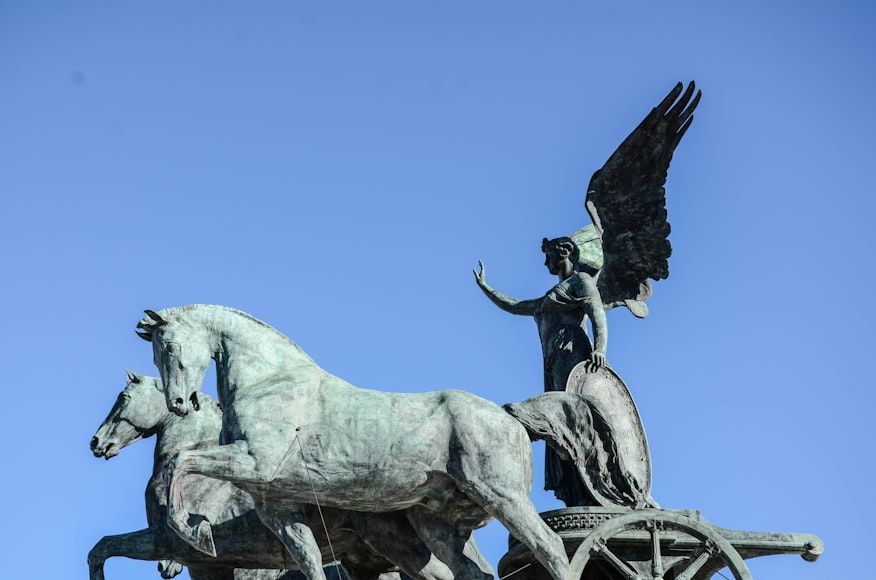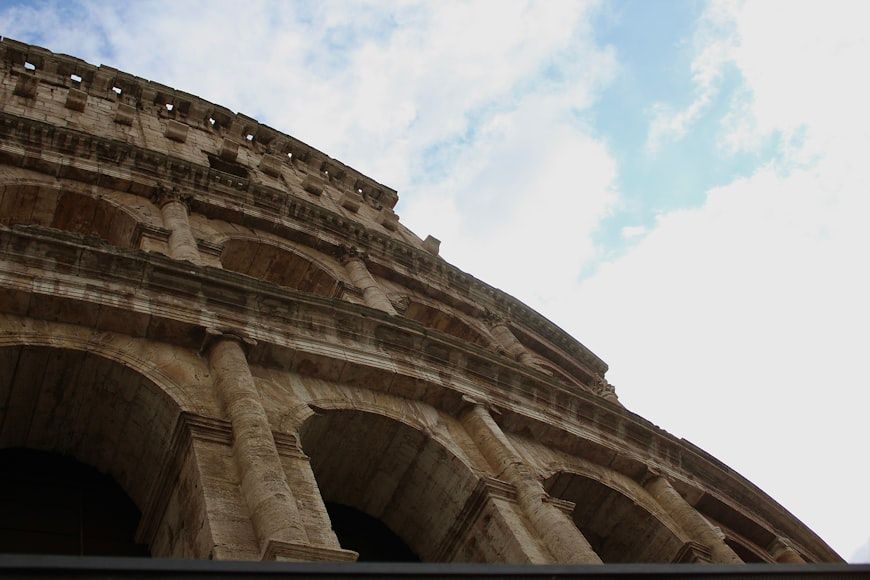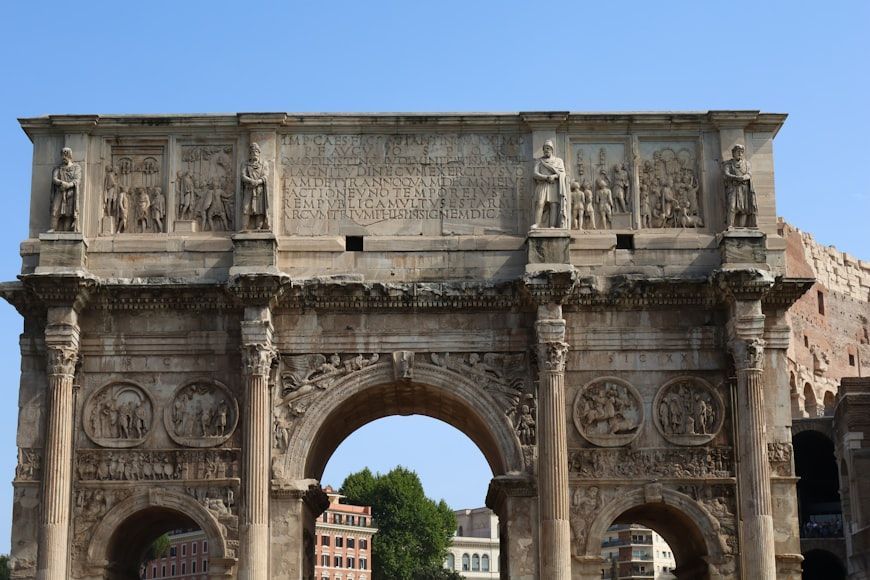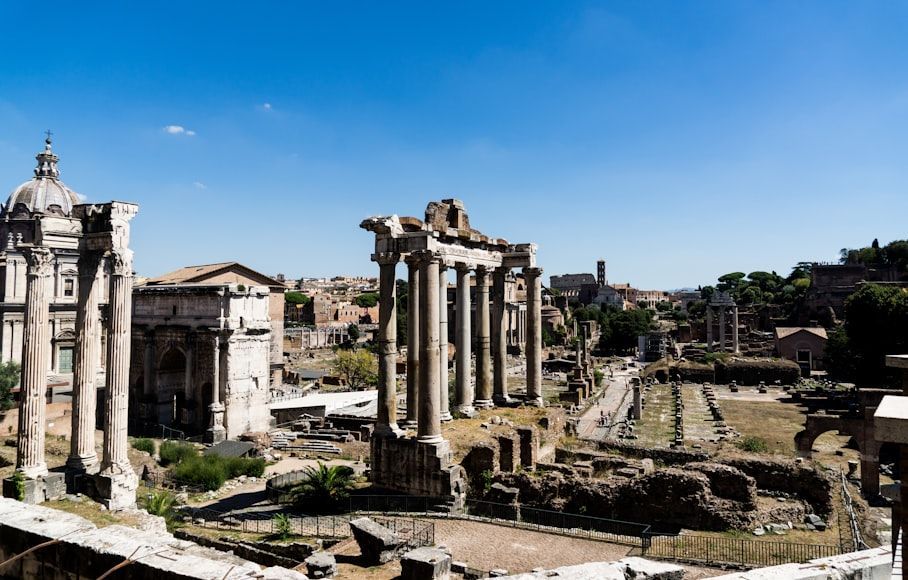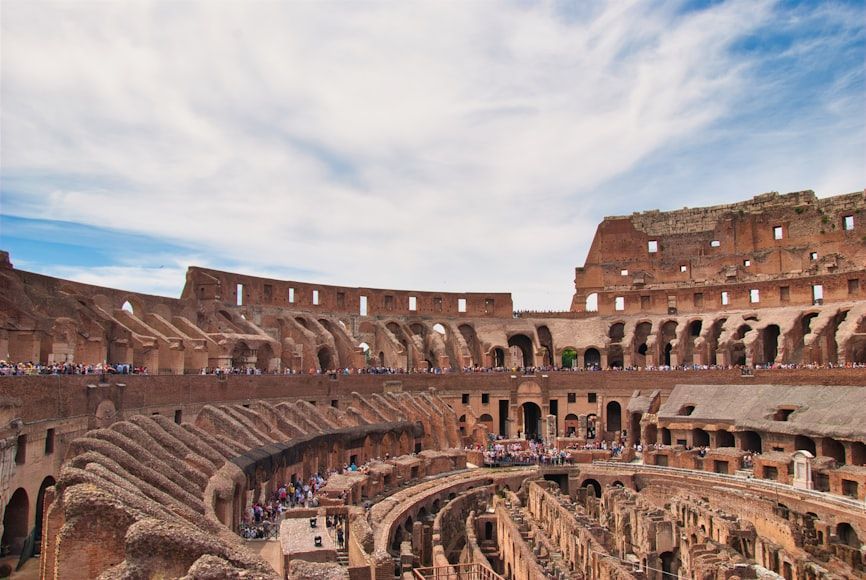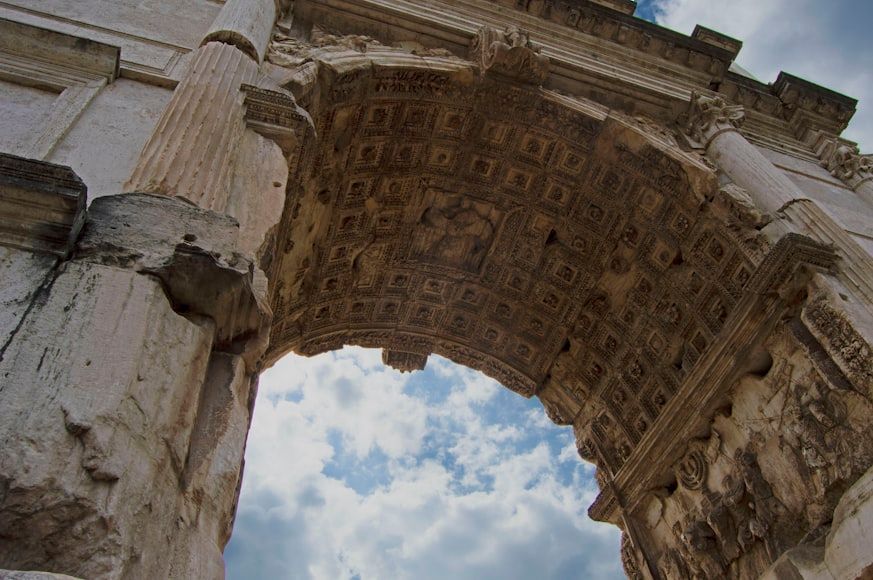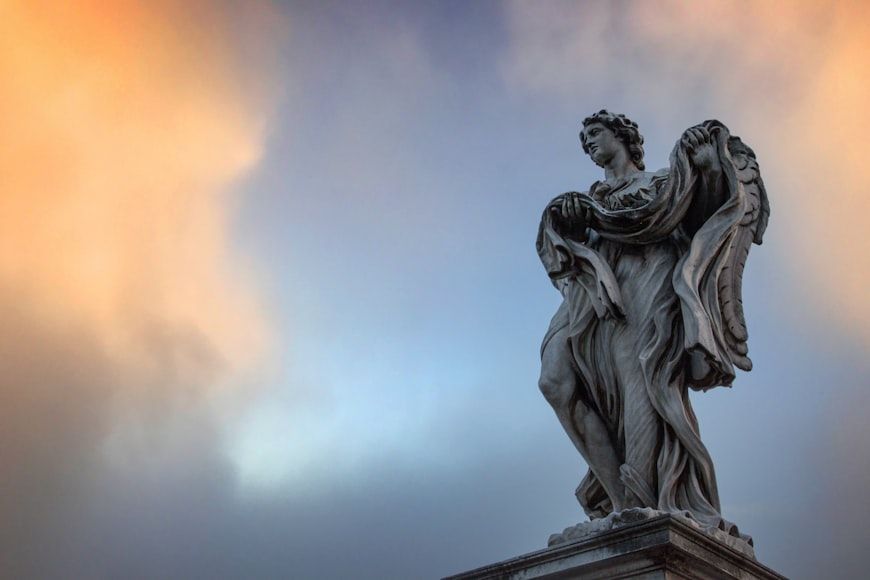Did you miss it? These events were watched from billions of homes
Published on October 22, 2025
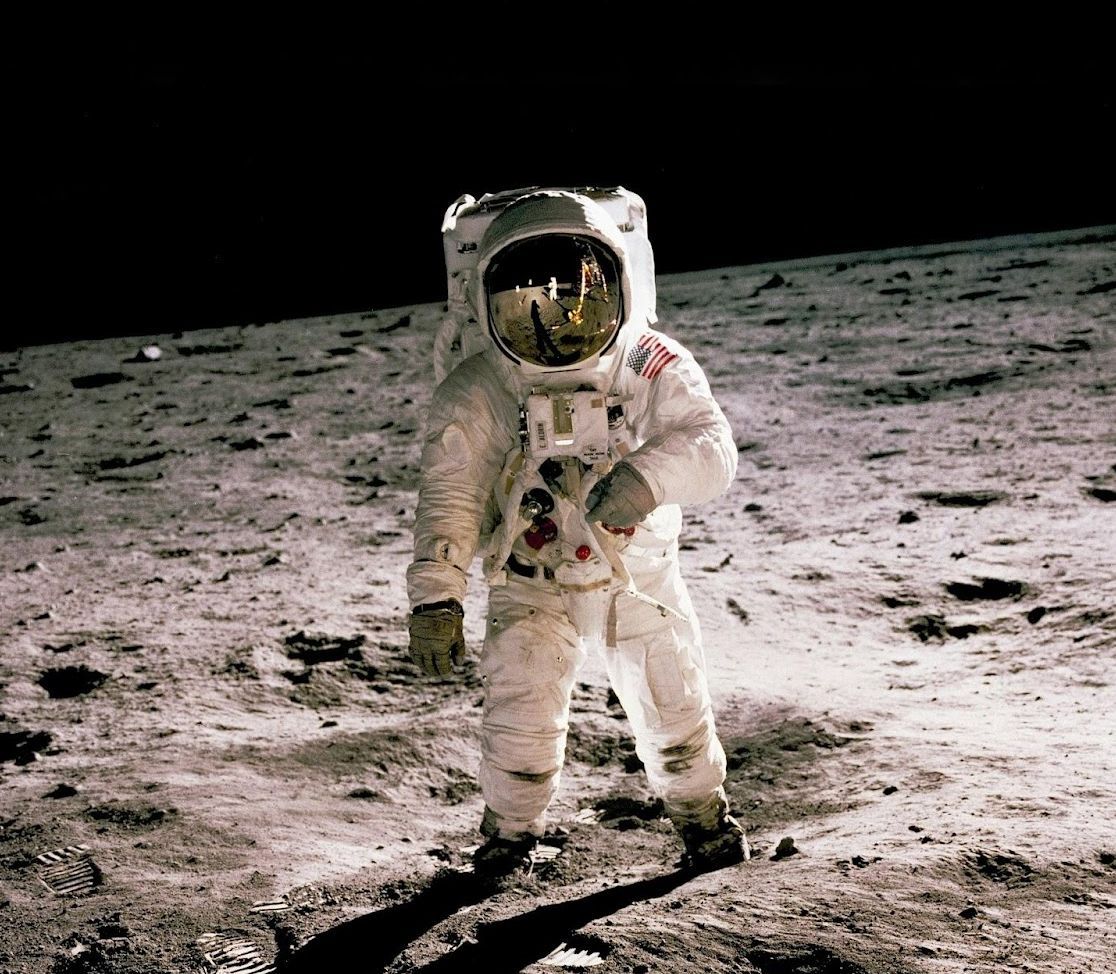 Credit: History in HD
Credit: History in HD
There are rare moments when the world seems to pause and look in the same direction. From royal weddings to space exploration, the past century has held live broadcasts that became shared experiences across international borders and inside billions of homes. Let’s look at some of the most-watched events in history!
State Funeral of Queen Elizabeth II (2022)
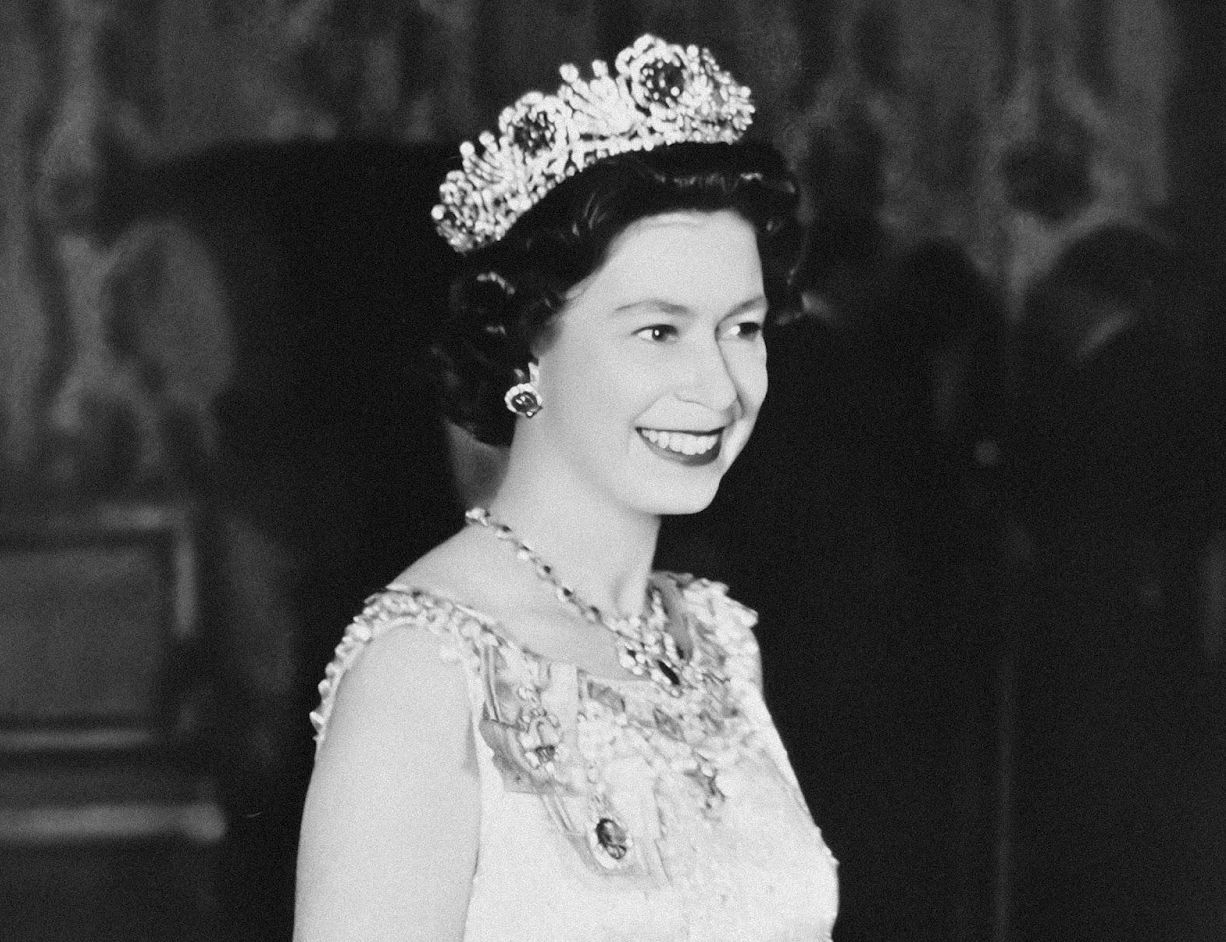 Credit: Museums of History New South Wales
Credit: Museums of History New South Wales
In 2022, when Queen Elizabeth II passed away after 70 years on the throne, the world paid its respects. Estimated to have been watched by around 4.1 billion people globally, it became the most-watched television broadcast in history.
The 1996 Summer Olympics Opening Ceremony (Atlanta)
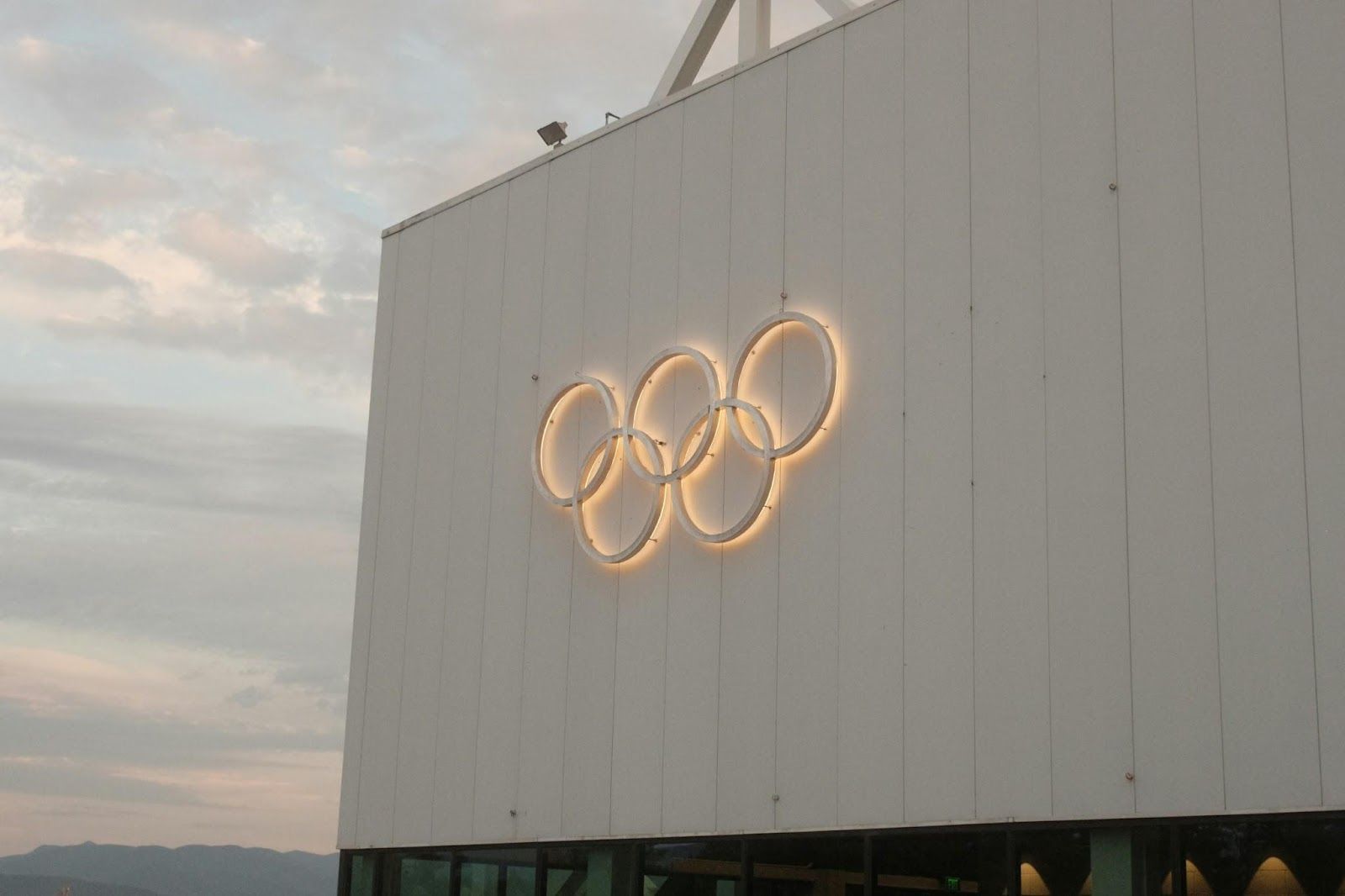 Credit: Chen Liu
Credit: Chen Liu
Around 3.5 billion viewers worldwide tuned in for the 1996 opening ceremony, making it one of the highest-watched sporting events ever.
The show included memorable performances and the iconic lighting of the Olympic flame by Muhammad Ali, whose Parkinson’s disease made his appearance all the more powerful.
Funeral of Princess Diana (1997)
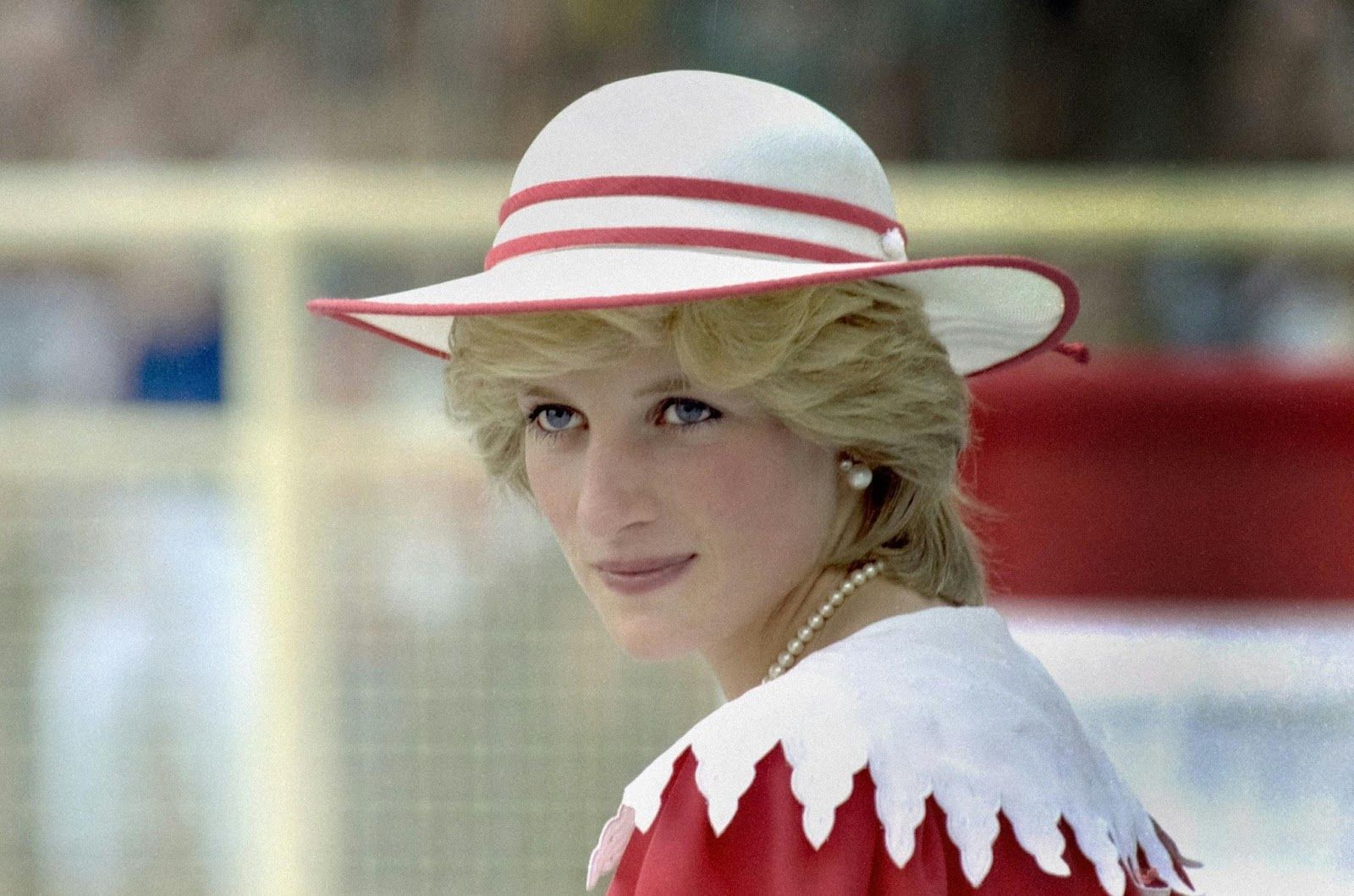 Credit: Provincial Archives of Alberta
Credit: Provincial Archives of Alberta
In September 1997, the streets of London filled with mourners as the world watched one of the most widely broadcast funerals in history.
Estimates for viewership of beloved Princess Diana’s final goodbye range from 2 to 2.5 billion globally. The image of Princes William and Harry walking behind their mother’s coffin became a scene etched into collective memory.
Leon Spinks vs. Muhammad Ali II (1978)
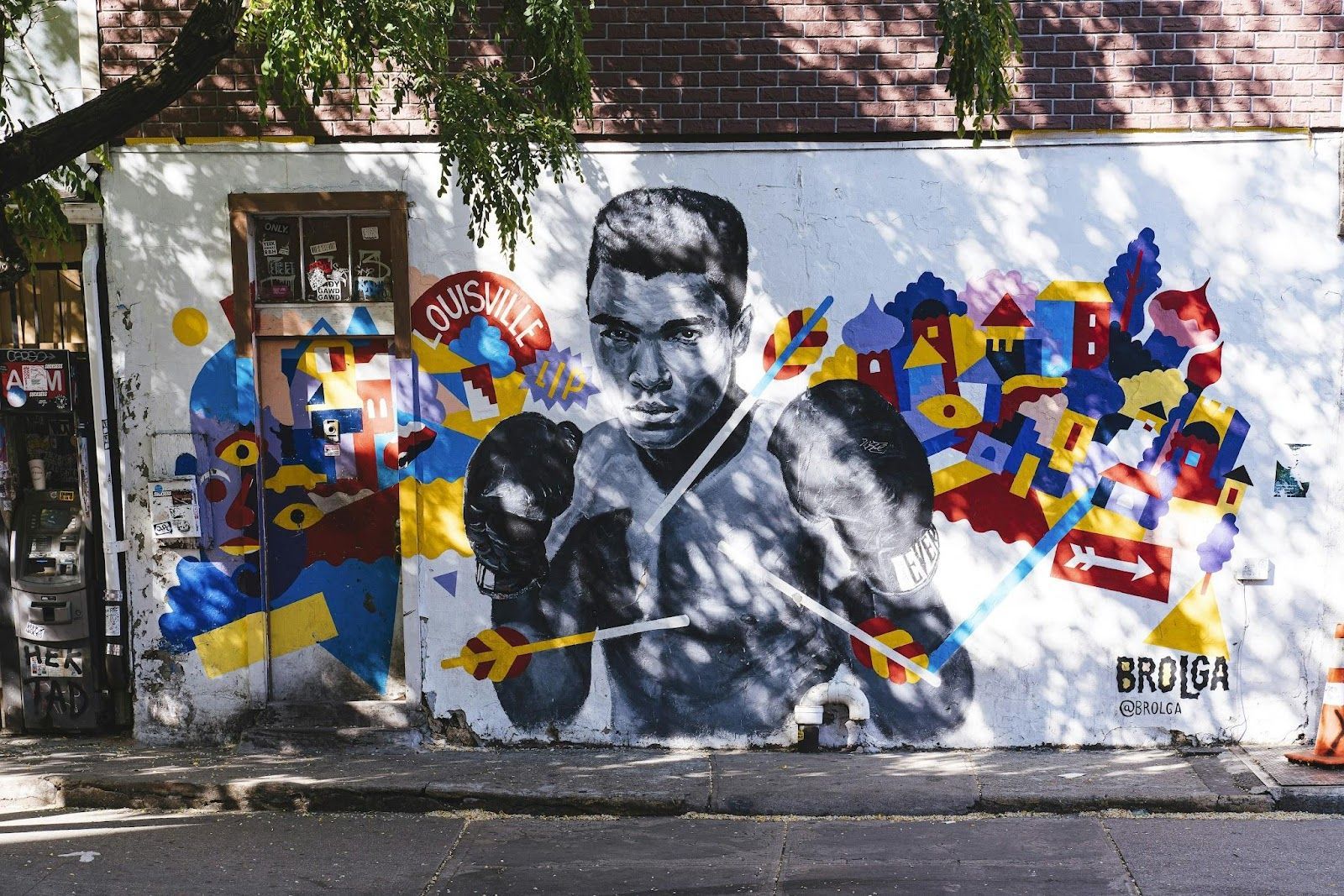 Credit: Nelson Ndongala
Credit: Nelson Ndongala
One night in 1978, the Superdome in New Orleans became the center of the sporting world as Muhammad Ali sought to reclaim his heavyweight title from Leon Spinks.
Ali had suffered a shocking defeat just months earlier, and the rematch was expected to be a career-defining moment. More than 63,000 people packed the arena, while an estimated 2 billion tuned in globally to watch.
Live Aid (1985)
 Credit: Dominik Scythe
Credit: Dominik Scythe
The dual-venue concert for famine relief in Ethiopia reached around 1.5 to 1.9 billion viewers in over 110 countries. Its star-studded lineup (including Queen, U2, David Bowie, The Who, Elton John, Madonna, and dozens more) and satellite broadcast turned it into a legendary day for music and media history.
2022 FIFA World Cup Final
 Credit: Fauzan Saari
Credit: Fauzan Saari
Football (a.k.a. soccer) remains one of the few mass spectator sports able to unite audiences across every continent. The 2022 World Cup finale might be called the greatest in history, as it attracted around 1.5 billion viewers globally.
Argentina and France delivered a rollercoaster of drama: Lionel Messi against Kylian Mbappé, and the tension of a shootout that crowned Argentina champions.
Elvis’ Aloha from Hawaii via Satellite (1973)
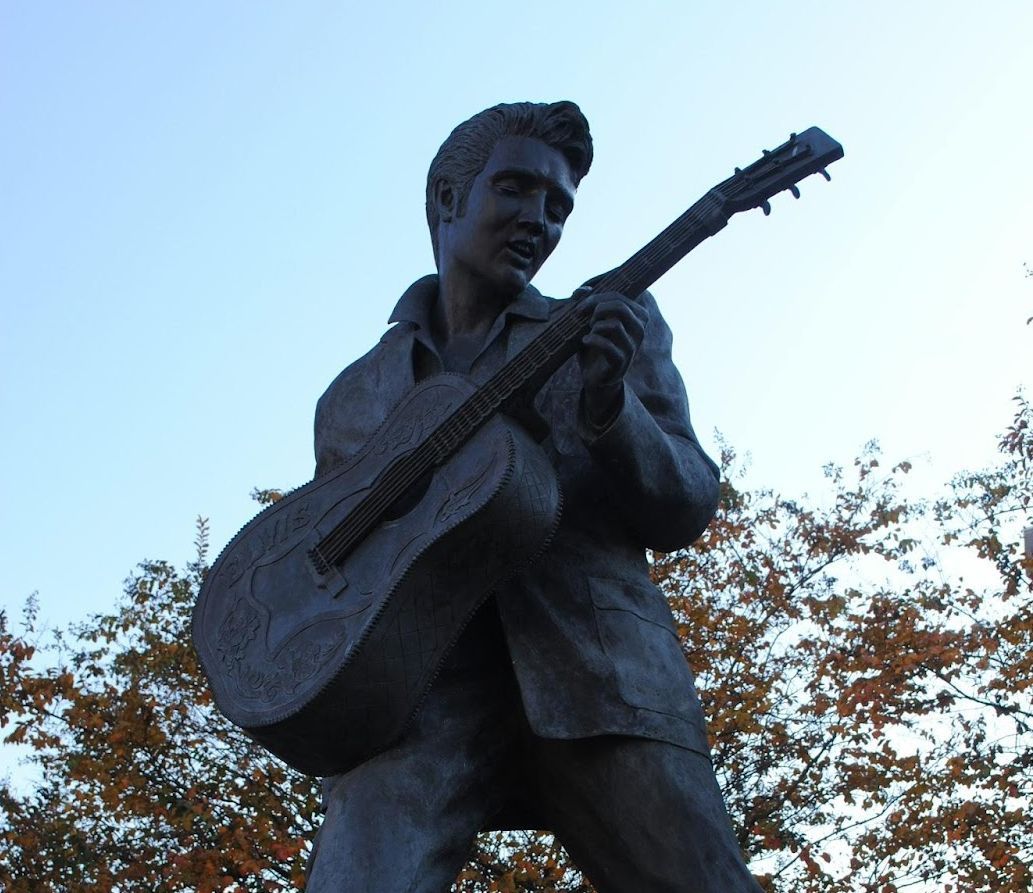 Credit: JR Harris
Credit: JR Harris
An Elvis Presley concert, beamed live worldwide from Hawaii, was one of the first broadcast globally via satellite, reaching about 1.5 billion viewers. It marked a milestone in both cultural globalization and live entertainment broadcasting.
Michael Jackson Memorial Service (2009)
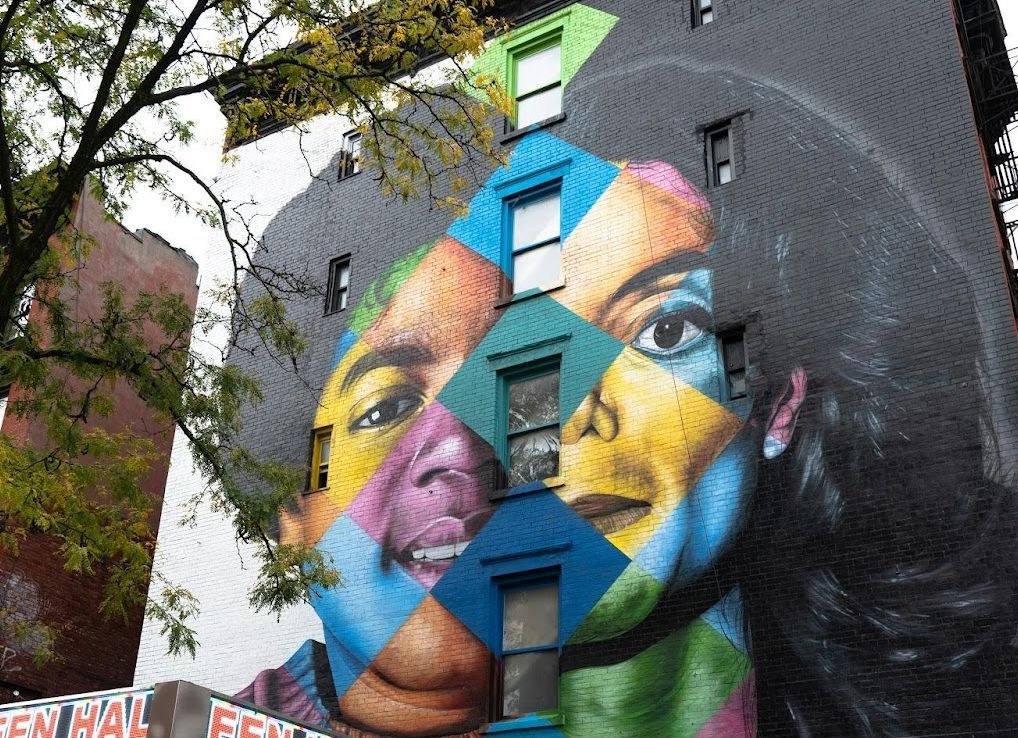 Credit: Márcio Pêgo
Credit: Márcio Pêgo
Michael Jackson’s memorial service held in L.A. in 2009 was not only attended by fellow stars like Stevie Wonder, Mariah Carey, and Jennifer Hudson, but watched by around 2 billion people around the world. Family and friends remembered Jackson not just as the "King of Pop" but as a father, son, and brother.
Prince Harry and Meghan Markle’s Wedding (2018)
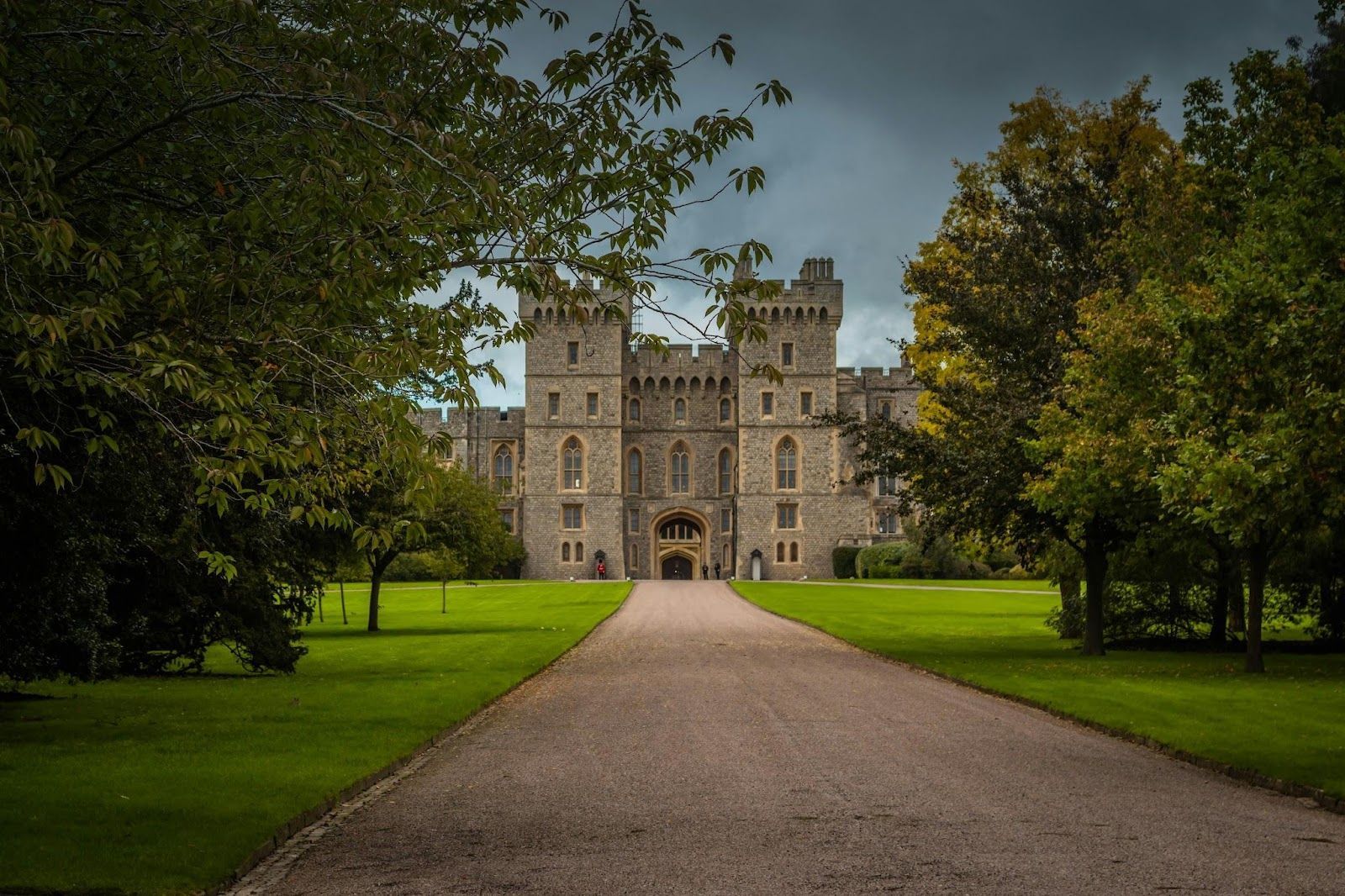 Credit: Peter Albanese
Credit: Peter Albanese
The royal wedding of 2018 at Windsor Castle became the focus of millions of curious watchers as Prince Harry married American actress Meghan Markle.
It reportedly reached about 1.9 billion viewers worldwide. Royal weddings traditionally capture massive audiences, and this one in particular became a symbol of a more diverse and contemporary monarchy.
Apollo 11 Moon Landing (1969)
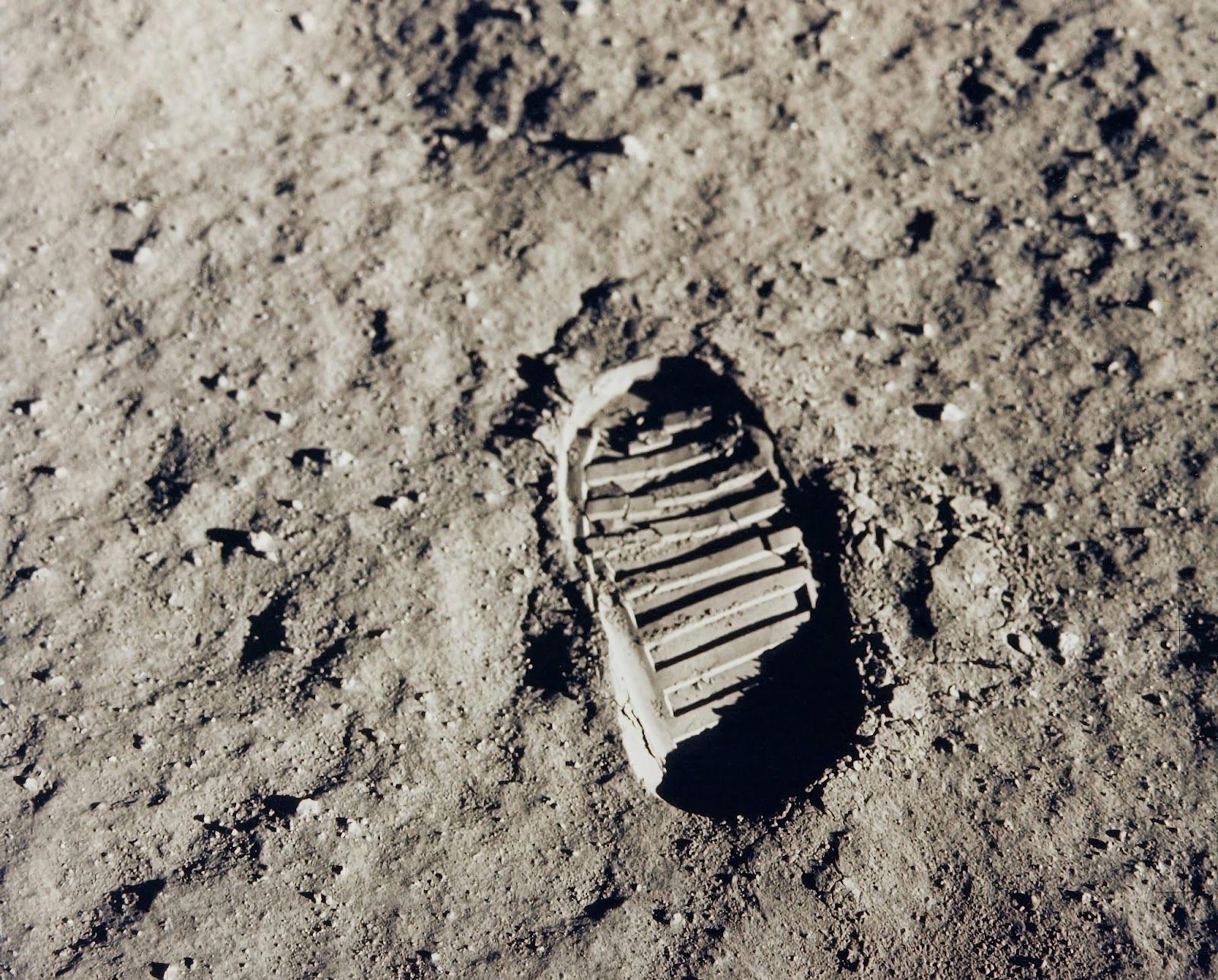 Credit: NASA
Credit: NASA
Of course, it must be included in this list: an estimated 600 million people worldwide watched live as Neil Armstrong took his first steps on the Moon. For the 1960s, that was groundbreaking.
Though smaller in raw numbers than later global broadcasts, it was unprecedented for its time and remains one of the most iconic television moments in history. The landing symbolized a giant leap not only for space exploration but also for the shared experience of global media.
